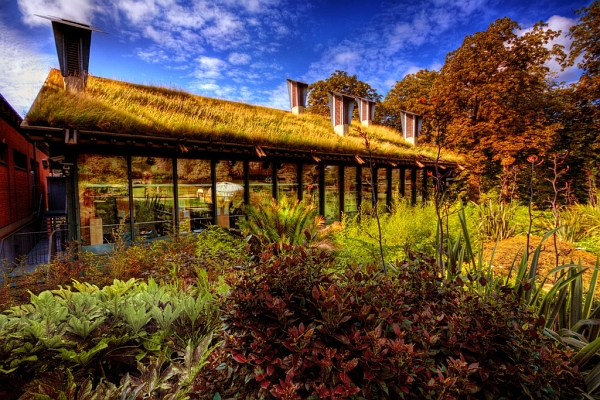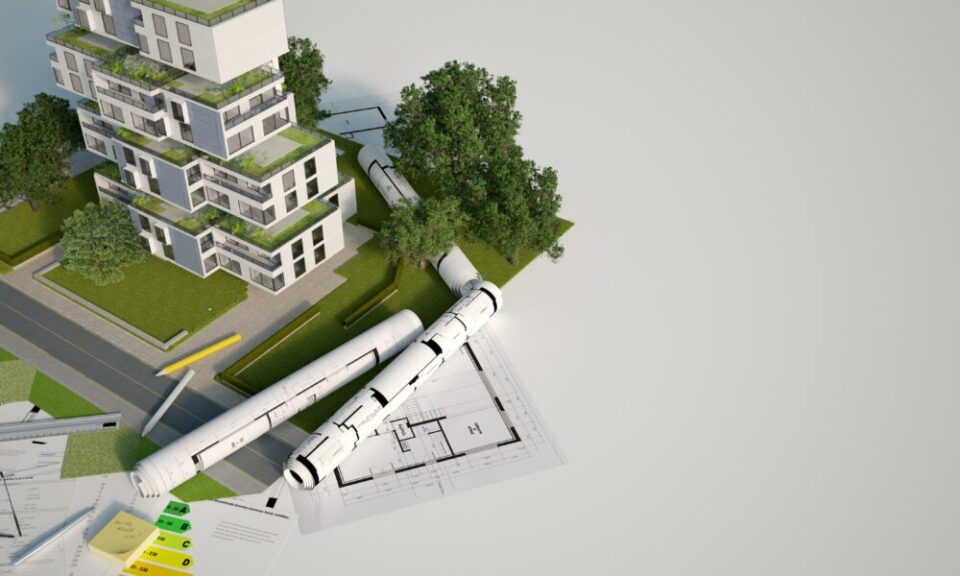Creating a home that not only provides shelter but also takes care of our planet is an endeavor more homeowners are embracing. The focus on sustainability in the construction industry has led to the innovation of numerous green building materials that promote eco-friendly living and long-term economic savings. Below is a comprehensive guide to some of the most effective and sustainable materials that can be used in constructing your environmentally conscious home.
Understanding the Importance of Green Building Materials

Before diving into the various materials, it’s crucial to understand why choosing green building materials is beneficial. These materials are designed to reduce the environmental impact throughout a building’s lifecycle, from extraction and processing to usage and disposal. Not only do they help conserve natural resources, but they also improve indoor air quality and reduce energy costs.
Top Sustainable Building Materials for Your Green Home
-
Bamboo
Bamboo is a rapidly renewable resource that serves as a robust alternative to traditional hardwood. It’s known for its durability, flexibility, and strength, making it ideal for flooring, cabinetry, and structural elements.
-
Recycled Steel
Steel is one of the most recyclable materials in the world. Using recycled steel helps reduce the energy and raw materials required to produce new steel. It is excellent for beams, frames, and reinforcements.
-
Insulating Concrete Forms (ICFs)
ICFs are forms for poured concrete walls that remain in place as a permanent part of the wall assembly. The insulating qualities of ICFs can significantly cut down heating and cooling costs, enhancing a home’s energy efficiency.
-
Reclaimed or Recycled Wood
Using reclaimed wood is a great way to minimize deforestation and reduce waste. This wood can be repurposed for structural elements, flooring, or decorative features while adding a touch of history and character to your home.
-
Cork
Cork is a renewable material harvested from the bark of cork oak trees without harming the tree. It’s an excellent insulator and can be used for flooring or wall coverings.
-
Low-Emissivity Windows
Low-E windows have a microscopically thin coating that is transparent and reflects heat. These windows help keep your home warm in the winter and cool in the summer, reducing energy loss by up to 50%.
-
Straw Bales
Straw bale construction is a sustainable building method where bales of straw are used to create walls that are then covered with plaster. This material provides high levels of insulation and is a renewable resource.
-
Green Roofing
Green roofs are covered with plants and vegetation, reducing runoff and improving insulation. They also absorb carbon dioxide and can extend the life of your roof by protecting it from the elements.
-
Rammed Earth
Rammed earth is a technique that compresses earth, typically with a small amount of cement, to form strong walls. This ancient method provides excellent thermal mass, regulating indoor temperatures naturally.
Building a sustainable home with green materials is not just a trend but a long-term investment in the health of the planet and the well-being of its inhabitants. While this list is not exhaustive, it provides a starting point for those looking to make environmentally responsible choices in their home construction or renovation projects. Embracing these materials can lead to a greener, more sustainable future for everyone.

